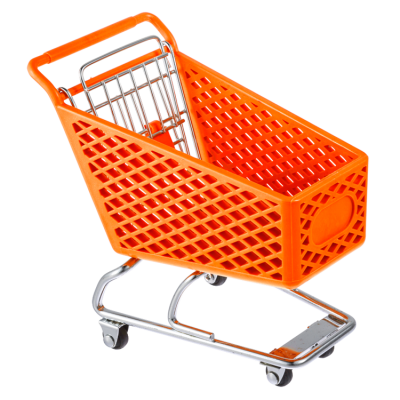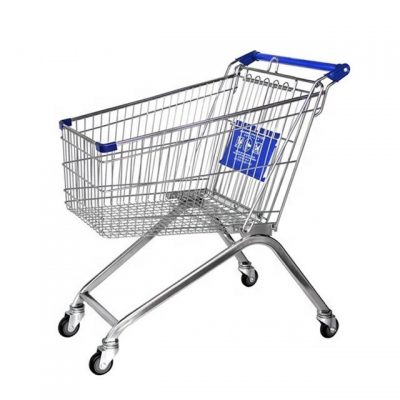1. Increased Efficiency: Platform trolleys enable faster and more efficient movement of goods and materials within a facility. They reduce the need for manual carrying or multiple trips, resulting in time savings and increased productivity.
2. Labor Savings: Using trolleys reduces the physical strain on workers. Instead of carrying heavy items, employees can use trolleys to transport loads, leading to reduced fatigue and a lower risk of injuries. This can also improve overall employee satisfaction and well-being.
3. Improved Safety: Platform trolleys are designed with safety features, such as brakes and stable wheels. By using trolleys, you minimize the risk of accidents and injuries that can occur when manually carrying heavy items or navigating through cluttered spaces.
4. Optimal Space Utilization: Trolleys can efficiently transport multiple items in one trip, allowing you to make the most of your available space. This is especially important in tight or crowded environments, such as warehouses and retail stores.
5. Reduced Material Damage: Using trolleys to transport items helps prevent damage that can occur when items are dropped or mishandled. Delicate or fragile items can be safely transported without the risk of breakage.
6. Efficient Workflow: Trolleys can be integrated into your workflow to ensure a smoother movement of goods from one stage to another. By minimizing interruptions caused by manual transportation, you can maintain a consistent and efficient workflow.
7. Cost Savings: While there is an initial investment in acquiring trolleys, the long-term benefits can lead to cost savings. Reduced labor hours, decreased product damage, and improved operational efficiency contribute to a healthier bottom line.
8. Flexibility and Adaptability: Platform trolleys come in various sizes, types, and configurations to suit different tasks and industries. This adaptability allows you to choose the right trolley for specific needs, promoting versatility within your operations.
9. Organized Storage: Trolleys can assist in organizing storage areas. They can be used to transport items to their designated storage locations efficiently, reducing clutter and improving the overall organization of your space.
10. Enhanced Customer Service: In retail or customer-facing environments, using platform trolleys to restock shelves or move items can help maintain an orderly and appealing display for customers. This contributes to a positive shopping experience.
11. Streamlined Inventory Management: Efficient material movement facilitated by trolleys can help streamline inventory management processes. Items can be quickly transported to the right locations, making it easier to track stock levels and fulfill orders.
12. Adaptation to Lean Principles: Platform trolleys support lean principles by minimizing waste, reducing unnecessary movements, and optimizing processes. This can lead to a more efficient and cost-effective operation.
13. Time Management: With fewer manual movements, tasks can be completed more quickly. This frees up time for employees to focus on more value-added activities, ultimately contributing to better time management.
By integrating platform trolleys into your operations, you can experience these benefits and create a more efficient, productive, and organized work environment. The specific advantages will depend on your industry, workflow, and the way you tailor trolley usage to your unique needs.



















